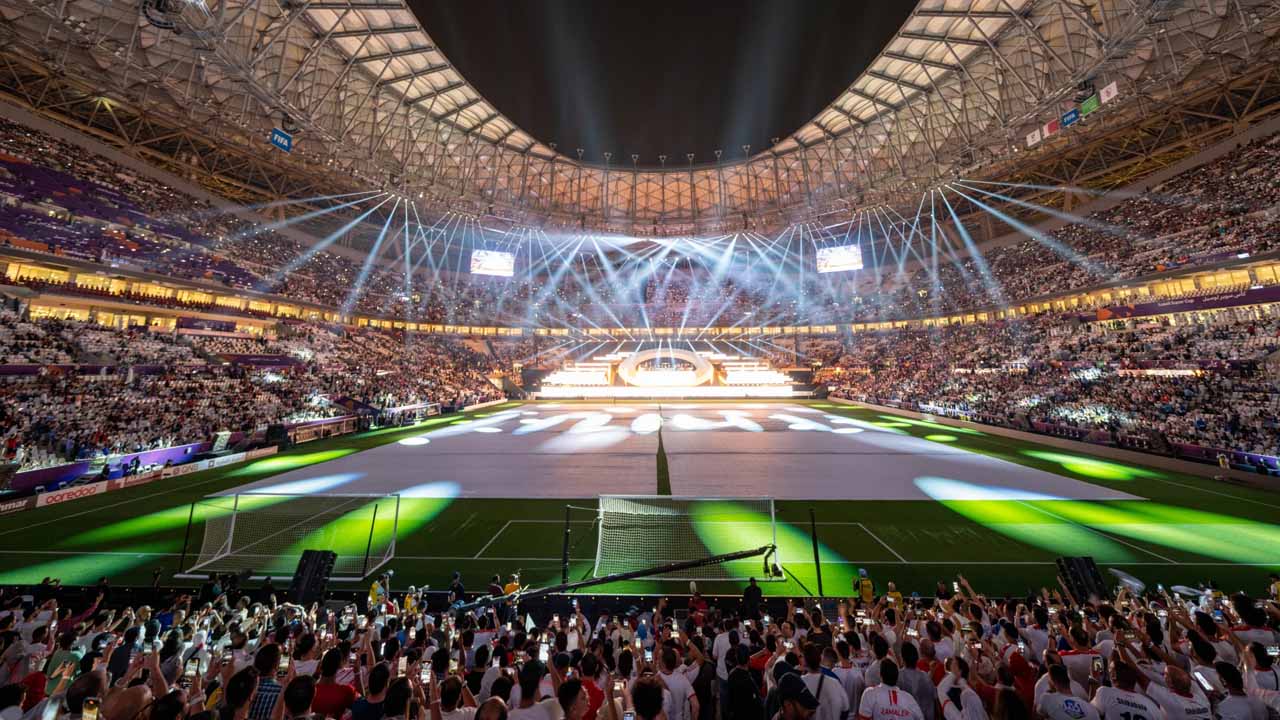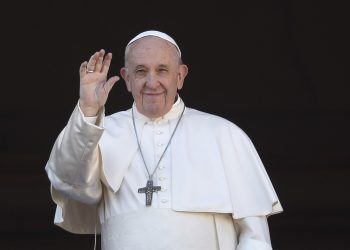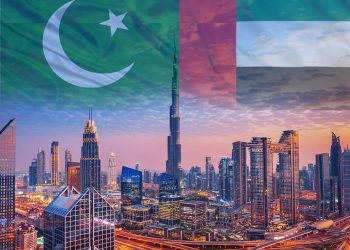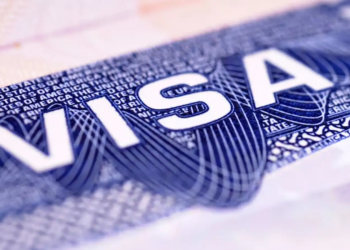Final calculations for the 2022 FIFA World Cup, which featured 32 teams from five confederations competing in 64 matches over the course of 29 days, are anticipated to show that the tournament brought $35 billion (Pakistani Rs8.75 trillion) in betting boon for bookmakers operating across the planet.
Nasser al-Khater, the CEO of Qatar World Cup 2022, had predicted that the FIFA event would boost Qatar’s economy by $17 billion while it was taking place.
In this article, one US dollar was converted to 250 Pakistani rupees, which is more than the interbank greenback-to-Pak Rupee parity and less than the value of US currency on the underground market.
The amount of money that may have been wagered is thus more than double the profits realized by Qatar as Argentina trampled all over France in the hotly contested final Sunday.
According to analysts at Barclays, there was a spike in internet gambling during the terrible pandemic, and $35 billion will be bet on the 2022 FIFA World Cup, a 65% rise over the previous edition, according to a story published on November 28 by eminent US media outlet The Bloomberg.
Although Brazil was the overwhelming favorite to win the World Cup, numerous online betting services correctly believed Argentina would triumph and take home the trophy — even if the majority had predicted before the game that it would be a drawn match for the full 90 minutes. Or, to put it more bluntly, the odds were against France from the beginning. But extra time saw betting patterns moving at a tremendous speed in favor of both teams.
Qatar has reportedly spent at least $229 billion (Pakistani Rs57.25 trillion) on infrastructure in the 11 years after winning the bid to host the World Cup, according to a May 5 article of “Reuters.
Here follow some more financial aspects of this World Cup as reported by dozens of international media houses during the last few months or so:
- Qatar invested $6.5 billion (Pak Rs1.625 trillion) to build seven new stadiums and renovate an additional stadium in order to host the World Cup.
- An estimated $7.58 billion (Pak Rs1.895 trillion) in revenue will be generated by the 2022 FIFA World Cup in Qatar, breaking the previous record of $5.4 billion (Pak Rs1.35 trillion) from the 2018 World Cup in Russia.
- The once-every-four-year event is expected to boost Qatar’s GDP in 2022 by 4.1%. Qatar wants to increase its tourist industry’s contribution to its GDP to 12% by 2030 as it continues to recover from the effects of Covid.
- There is no denying that the Qatar World Cup’s economic impact on the hotel industry is significant. Over 150 new hotels were constructed just for the tournament, which is expected to draw 1.5 million tourists to Qatar.
- According to a forecast by international real estate advisor Knight Frank, the hotel sector in Qatar might grow by 89% to more than 56,000 rooms by 2025, at a cost of more than $7 billion (Pak Rs1.75 trillion).
- During the FIFA World Cup in Qatar, more than three billion football fans will be riveted to their television screens.
- Apart from TV networks paying top dollar for broadcast rights, sponsors were also predicted to pour a record-high amount of money—up to $1.72 billion (Pak Rs430 billion) into advertising during the event to vie for attention from viewers.
Data revealed that Chinese businesses were the largest sponsors of the event, spending $1.4 billion (Pak Rs350 billion).
Most significantly, Argentina striker Lionel Messi, who is regarded as one of the best footballers of all time, is expected to play in his final World Cup. Also very likely to wear the Portuguese colors one final time is 37-year-old Cristiano Ronaldo.
Stadium cooling systems and accommodation purchases such as private islands, villas, apartments, and hotels are only a few of the numerous examples illustrating such enormous expenses. If we merely look at Doha, The Pearl, a hotel complex, has cost more than $15 billion (Pak Rs3.75 trillion), while the Doha Metro has cost $36 billion (Pak Rs9 trillion).
In addition, investments in brand-new communities like Lusail City, built around Lusail Stadium, have 22 hotels, 200,000 homes, a theme park, two marinas, and two golf courses.
“FIFA has increased its World Cup revenue by more than $1 billion (Pak Rs250 billion), the governing body has announced,” The Guardian stated on November 21, 2022.
The Qatar World Cup’s four-year cycle will bring in $7.5 billion (Pak Rs1,875 billion), up from the previous cycle in Russia’s $6.4 billion (Rs1.6 trillion) (which included an additional five months due to the winter scheduling).
FIFA officials estimate the windfall will generate an extra $700,000 in investment for the game, with $300,000 accounted for in emergency Covid funding.
Prize money for the 2022 World Cup has increased by $440 million (Pak Rs110 billion) from $358 million (Rs89.5 billion) in 2014 and $400 million (Rs100 billion) in 2018.
The Champions will get a purse of $42 million (Pak Rs10.5 billion), up $4 million (Rs1 billion) from the 2018 prize money, FIFA said in April 2022. Before 2006, teams that won the championship received more than $10 million (Rs2.5 billion).
Winners Italy had taken home an estimated $2.2 million in 1982. (equivalent to Rs550 million today). Each team would receive a $1.5 million (Rs375 million) participation fee only for making it to the competition. But winning the knockout rounds brought in far bigger payouts for teams.
Based on the prize money breakdown revealed by FIFA, reaching the semi-finals ensured that the four top teams received more than the amount doled out to the 2006 World Cup winners.





